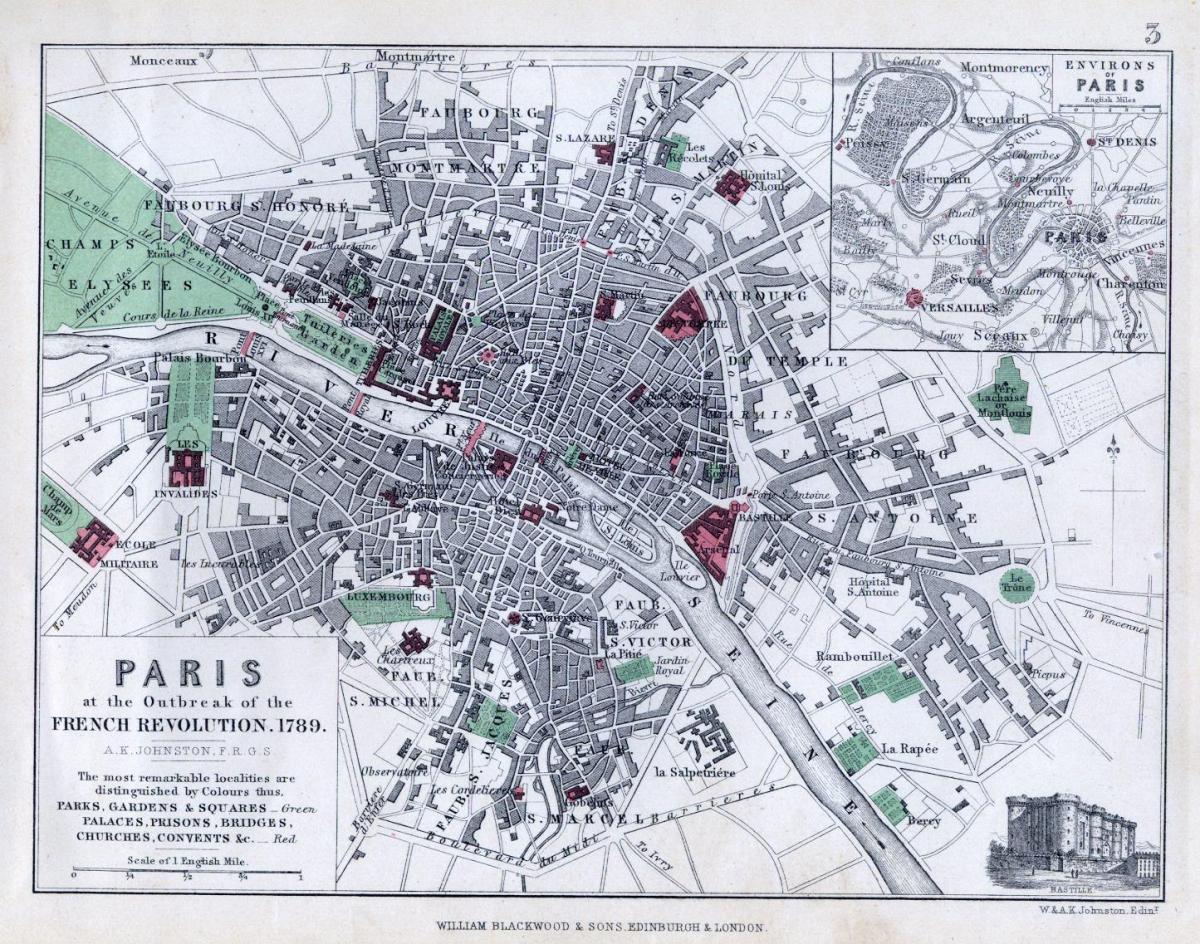search
Historical map of Paris
Map ofhistorical map Paris. Historical map of Paris (Île-de-France - France) to print. Historical map of Paris (Île-de-France - France) to download. The history of Paris dates back to approximately 259 BC, with the Parisii, a Celtic tribe settled on the banks of the Seine (see historical map of Paris). In 52 BC, the fishermen village was conquered by the Romans, founding a Gallo-Roman town called Lutetia. The historical city changed its name to Paris during the fourth century. During this period, the city was threatened by Attila the Hun and his army, and according to the legend, the inhabitants of Paris resisted the attacks thanks to the providential intervention of Saint Geneviève (patron saint of the city).
The earliest settlements in modern day Paris are estimated to be around 250 BC by Celtic tribes called the Parisii. It was established as a fishing village near the river Seine. There is some dispute if the historical area known as the Île de la Citè or the present-day suburb of Nanterre was the location of the first settlements. The location next to the rive facilitated trade and the city grew prosperous as its mentioned in historical map of Paris. This was also a great strategic location and after a Celtic uprising in 52 BC the city fell under Roman control. The people of Paris fought the Romans under Vercingetorix and contributed about 8,000 men to his army, but the Romans crushed the rebels and took control of the entire region. The Romans renamed the area Lutetia, a Celtic name for dwelling place in the middle of the waters.
The earliest signs of permanent habitation in the historical Paris area date from around 4200 B.C.E. Known as boatsmen and traders, a sub-tribe of the Celtic Senones, the Parisii, settled the area near the river Seine from around B.C.E as you can see in historical map of Paris. The Roman westward campaigns had conquered the Paris basin in 52 B.C.E. A permanent Roman settlement began towards the end of the same century on Paris' Rive Gauche (Left Bank), Sainte Geneviève Hill and Île de la Cité island. The Gallo-Roman town, first called Lutetia, but later becoming Gallicised Lutèce, expanded greatly over the following centuries, becoming a prosperous city with palaces, a forum, baths, temples, theatres, and an amphitheatre.


